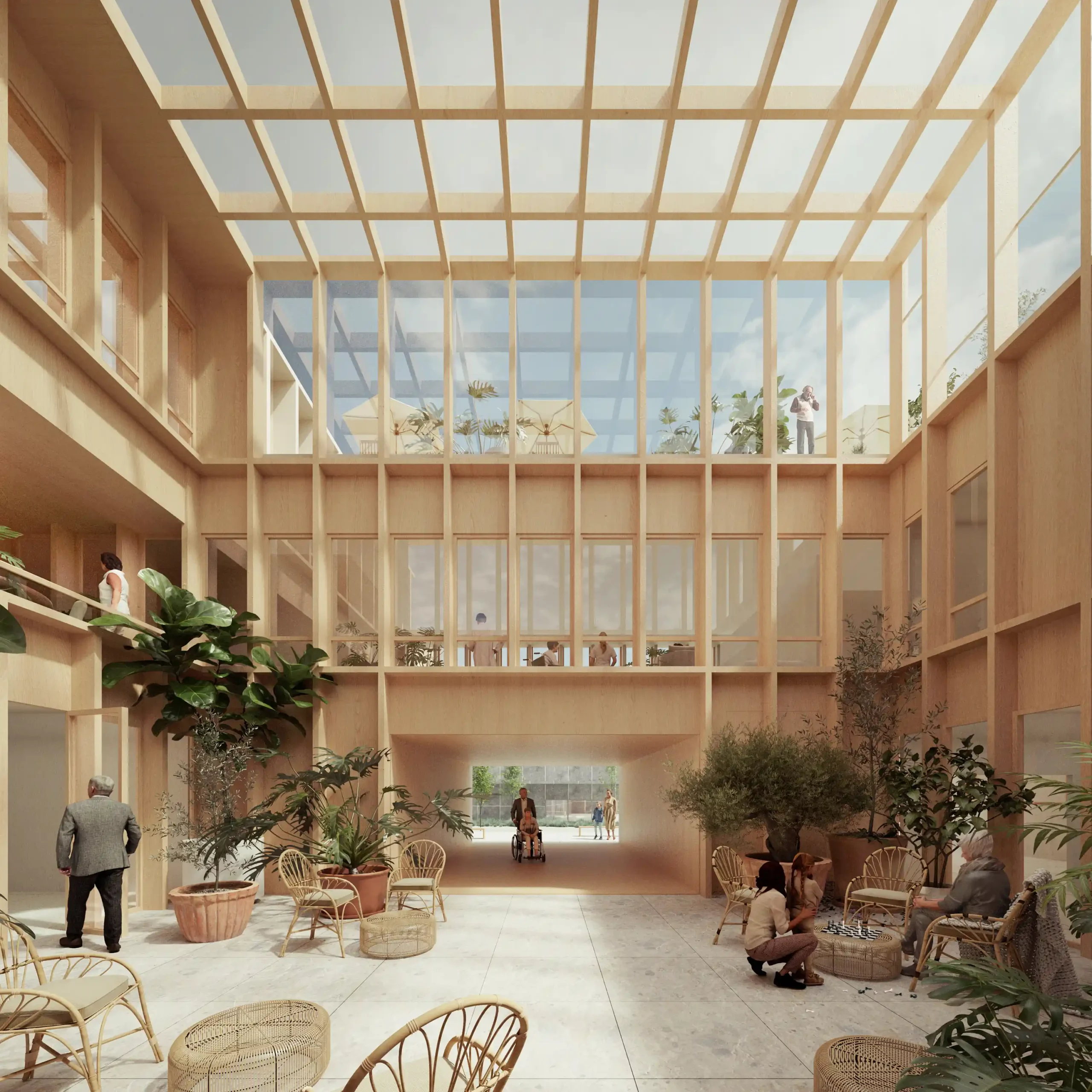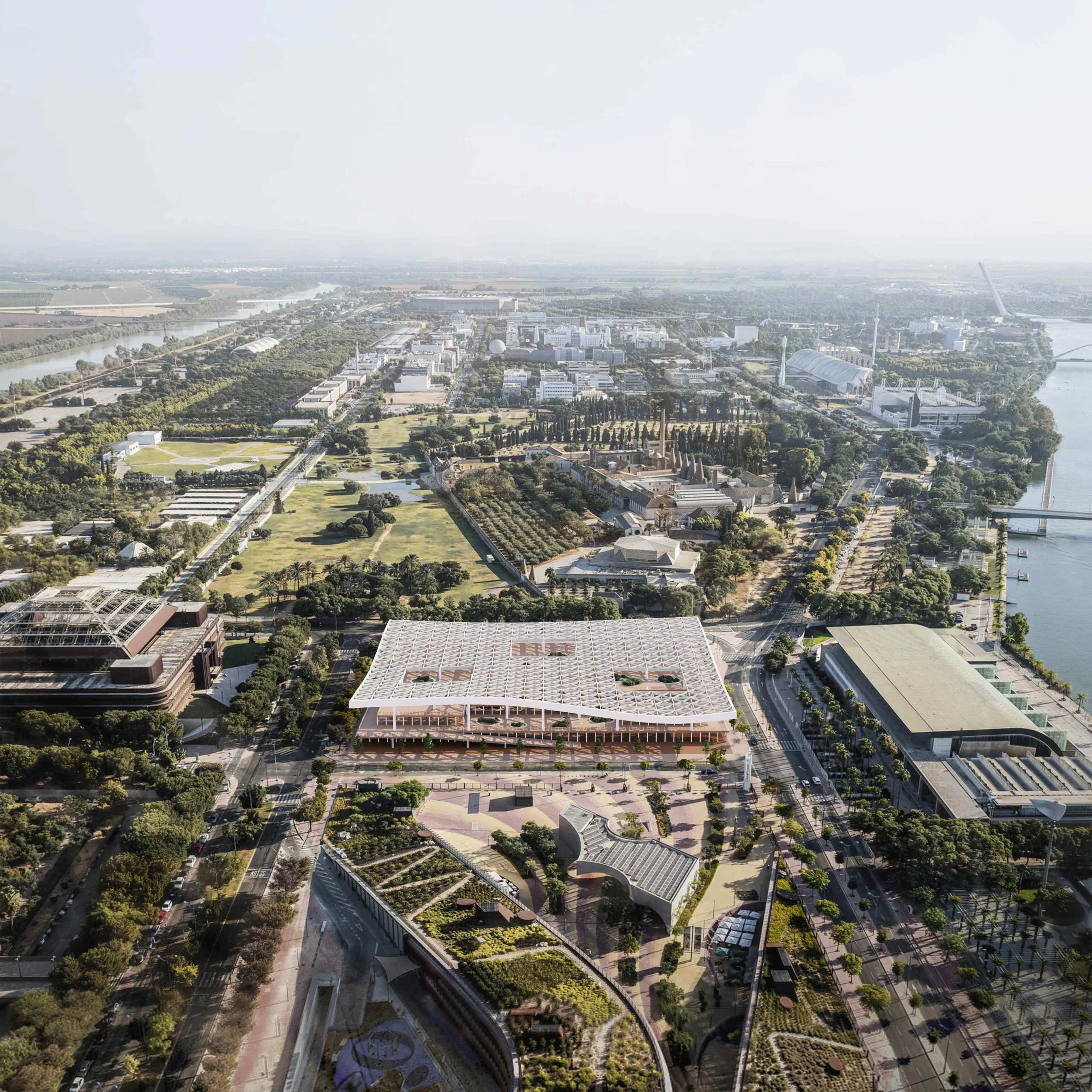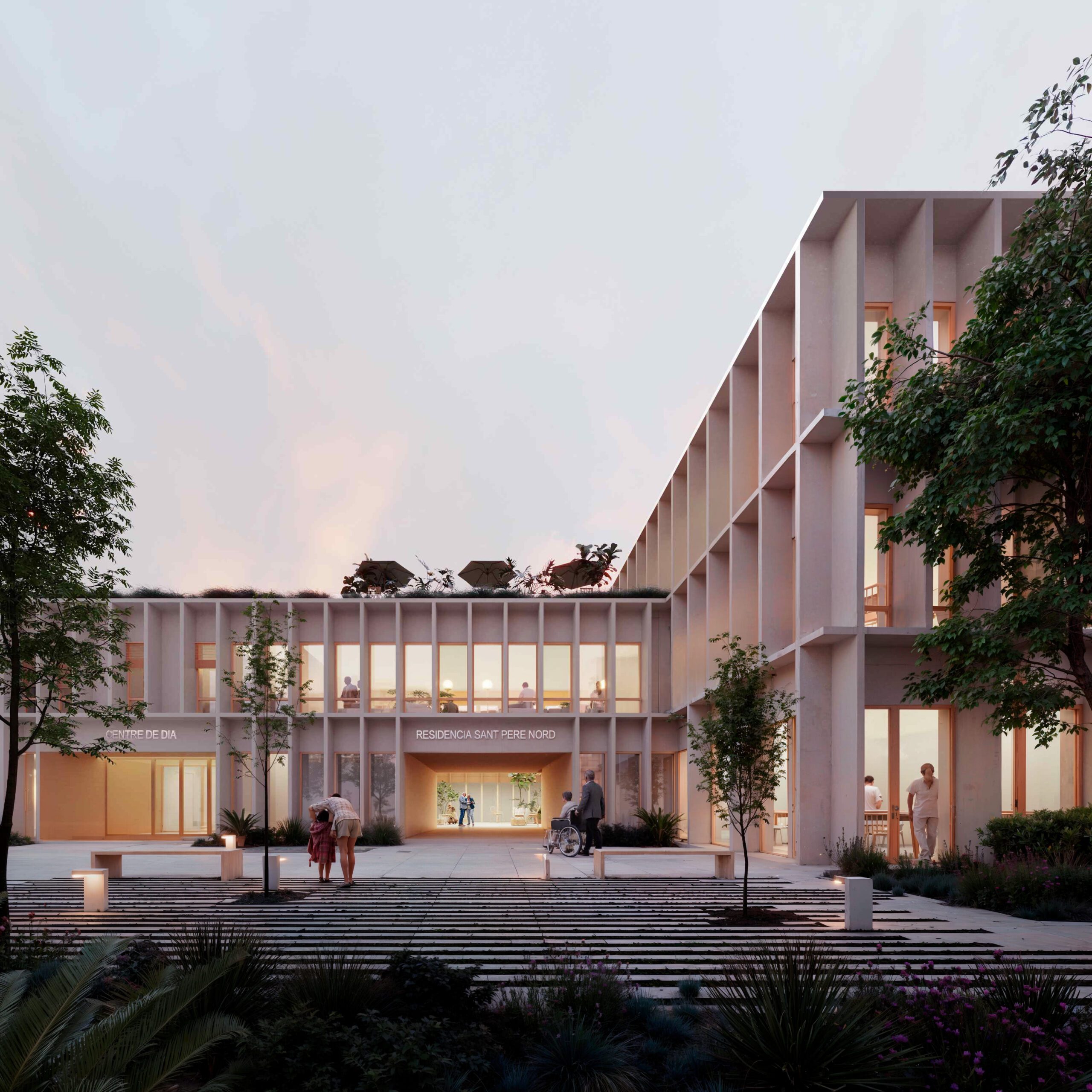In the world of architectural and creative visualization, selecting the right style is essential to communicate your vision effectively. This article explores the differences between photorealism and conceptual visualization, their applications, and how to decide which one is best for your project.
What is Photorealism?
- Definition: A technique that replicates reality with extreme detail and precision.
- Common Applications: Final architectural presentations, interior designs, realistic product renderings.
- Advantages: High visual impact, attention to detail, perfect for convincing stakeholders.
- Disadvantages: Higher costs and longer rendering times.
What is Conceptual Visualization?
- Definition: A more artistic and abstract style focused on conveying the idea or feeling behind the project.
- Common Applications: Early design stages, creative presentations, brainstorming concepts.
- Advantages: Flexibility, lower costs, faster development.
- Disadvantages: Less realistic impact, may lack intricate details.
Photorealism vs. Conceptual Visualization: Key Differences
-
Level of Detail
Photorealism offers maximum precision, while conceptual visualization prioritizes creativity and abstraction.
-
Project Purpose
Practical examples of when to choose each style based on the project’s goal.
-
Time and Budget
A comparison of resource requirements for both styles and how they influence decision-making.
How to Choose the Right Style for Your Project
- Key factors to consider: target audience, project stage, budget, and deadlines.
- Real-world examples of successful projects using each style.
Both photorealism and conceptual visualization have their strengths and weaknesses. Choosing the right one depends on your objectives and project requirements. At BIGSHOTS, we specialize in both styles and can guide you to make the best decision for your needs.



